Mobile App Development for MVP: How to build a Mobile App’s MVP
13 Feb 23 

What is an MVP?
How to build a Mobile App’s MVP?. The term “Minimum Viable Product” refers to a version of the product that has few features and was created with the intention of obtaining feedback from potential customers and users. In his book “The Lean Startup,” Eric Ries made this concept more widely known. An MVP is more than just a proof-of-concept or prototype; Additionally, it is the first version of mobile app development to include all essential features.
Problem Identification
Prior to developing your MVP, you must first determine whether your product is needed. To put it another way, what issue is it attempting to address? Because creating an MVP will be pointless if that issue is irrelevant or nonexistent.
Every app idea ought to be based on a problem in the market that enough people care about. If no one uses the app, it won’t be successful.

By following the steps, we are about to describe, you can quickly identify a potential app issue.
The first step is to identify the target market. In fact, problems will always exist in every major app category, so you’ll have plenty of opportunities to work on.
To maximize effort, however, it is prudent at this point to narrow your focus. Even though there may be many problems in the sector that require solutions, you won’t succeed if you despise that sector.
The next thing to do is survey. You should ask users in that niche about their issues once you have narrowed your focus.

The next thing you need to do is look at the possible issues. Determine whether enough people are affected by each and how severe it is.
What do you believe is the root of the problem? And most importantly, do you have the tools necessary to resolve it?
You ought to already be aware of which issues merit resolution at this point. Therefore, the last step is to select and define the issue you want to address. You should be able to get a sense of where you should take your next app from this.
However, keep in mind that this is only the beginning of your problem statement. You still need to conduct additional market research to support mobile app development.
Conduct Market Research
The important aspect in developing an MVP is to conduct market research. This will help in identifying the specific niche the mobile app development is related to. The thorough market research enables the developers to know the pulse of the market, and target audience for making the MVP more user centric. An in-depth market research can find out the ideal users much rather in the following four segments.

The location of your target markets is referred to as the geographic category. Here, you can be as specific as your application requires. If you’re developing an app for a local business, for instance, you only need to think about users in that area.
The next is demographics, or the real-world characteristics of the user. Their age, gender, household size, and income are examples of quantitative metrics. When you decide who you want to reach, demographics will serve as your foundation. Because you’ll want to dig deeper into the next category—psychographics—for most apps.
Psychographics are user characteristics that can’t be measured by simple metrics. Preferences, interests, lifestyle choices, hobbies, and beliefs are all included. Despite being more difficult to measure, these characteristics help you better target your audience.
Consider the scenario in which you are creating an app for car enthusiasts. You won’t be able to define the audience using demographics alone because people of all ages, genders, and physical characteristics are interested in cars.
Instead, you should use psychographics to find people who have already demonstrated an interest in automobiles. To put it another way, it’s hard to make assumptions based solely on demographics because.
Understand Your Competitors
Before building your MVP, a crucial step is to conduct competitor research.
Consider it a free lesson. You do not have to spend a penny to learn from other apps’ successes and failures. You can also identify opportunities and pain points that your app can address by reading reviews of other apps.
Finding your competitor is simple. Simply browse the appropriate category by heading to the Apple App Store or Google Play Store.
You can also use a list of keywords that are related to your app to search. You can also look for upcoming app projects on crowd funding platforms like Kick starter.
The good thing about these kinds of platforms is:
That you can find out how many people pledged, which helps you figure out how users feel and how big the market is.
It’s time to look at your potential rivals once you have a list. Examine their feature lists, monetization strategies, and overall user experience.
Defining the Features Lists
Now that you know what your app’s core problem is, it is time to list the features that will solve it.
However, keep in mind that this is an MVP. As a result, you must only include the essential features for assessing your app concept in the market.
Time and resources will be wasted if you put in too much.
It is true that shortlisting features in an MVP can be challenging. However, a useful tool for doing that is the feature priority matrix, also known as the MoSCoW matrix.
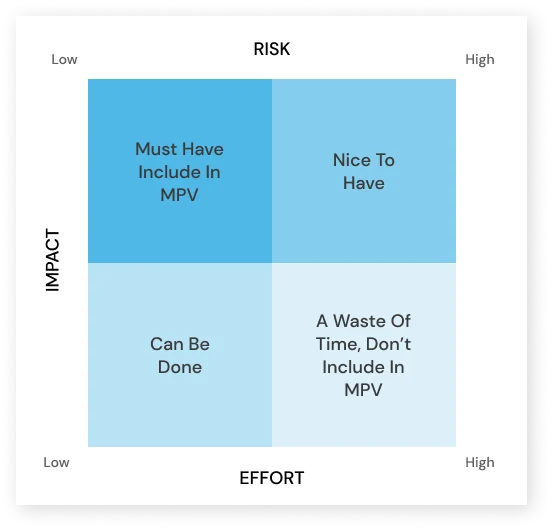
Utilize three metrics—impact, effort, and risk—to evaluate each feature when utilizing the matrix. After that, put them in the proper quadrant.
Impact is how much the feature adds to the app. The most important features, like booking a ride with Uber, will have the greatest impact.
Changing the colors of the user interface, on the other hand, will have a smaller impact.
The time, effort, and resources required to implement the feature are determined by effort.
For instance, features that necessitate a particular algorithm will require more effort than simply obtaining a tool from a third party.
A feature’s potential difficulties and obstacles are referred to as risk. The resolution of high-risk features will typically take longer and cost more.
In general, you should only include features that have a high impact, minimal risk, and minimal effort in the must-have quadrant.
The final app can include items from the nice-to-have and can-be-done lists.
Creating the Prototype
You are now prepared to expand on your MVP. However, you must begin with a prototype initially.
Nowadays, a lot of people frequently misunderstand what an MVP is. Although both are utilized to validate your app concept, they are distinct.
An infographic depicting the relationship between the two is provided below:

The intended audience is the most significant distinction between the two.
Most of the MVP’s target audience is external. An MVP is, at its core, a launch-ready app that only contains the essentials. This means that it can be downloaded and used as any other app.

A prototype, on the other hand, is primarily an internal tool. You create it to visualize your user interface and user experience, which you can then use to get feedback from team members and shareholders.
We are the best app development company. Our development process of an MVP necessitates the creation of prototypes. They make it possible for you to identify potential issues earlier, which results in a more polished MVP.
As a result, you’ll also get much more precise feedback.
Building the MVP
Now we come to the main event, which is creating the MVP.
If you followed the steps up to this point, you should already have a prototype that works. After that, you can build on this and turn it into an MVP that works.
Keep in mind that an MVP is an app that is ready for launch. As a result, you should treat it with the same care as you would the finished product.
First, rushing an MVP is not an excuse for creating a risky or unstable product. Because of this, functional and non-functional testing should never be neglected.
You should also work on improving your app’s stability, particularly its loading times. This is because apps that take a long time to load are frequently abandoned by users.
That defeats the purpose because it prevents them from evaluating the remainder of your MVP.
Not to mention that users may give your MVP a lower rating if it takes too long to load.
How app ratings are affected by app loading time
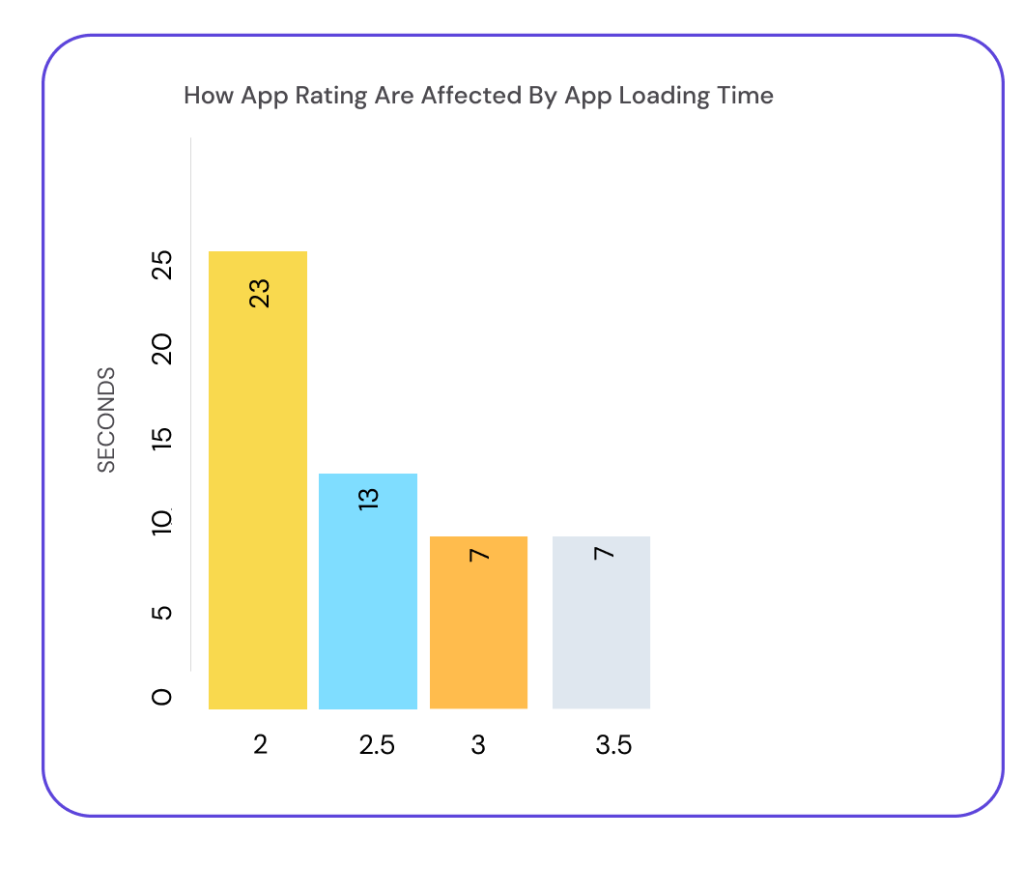
However, you must strike a balance between all of these and the time you spend developing. The development time for an MVP app should typically not exceed three months.
As a result, the time it takes to launch an MVP should be between four and six months.
Stages of MVP development
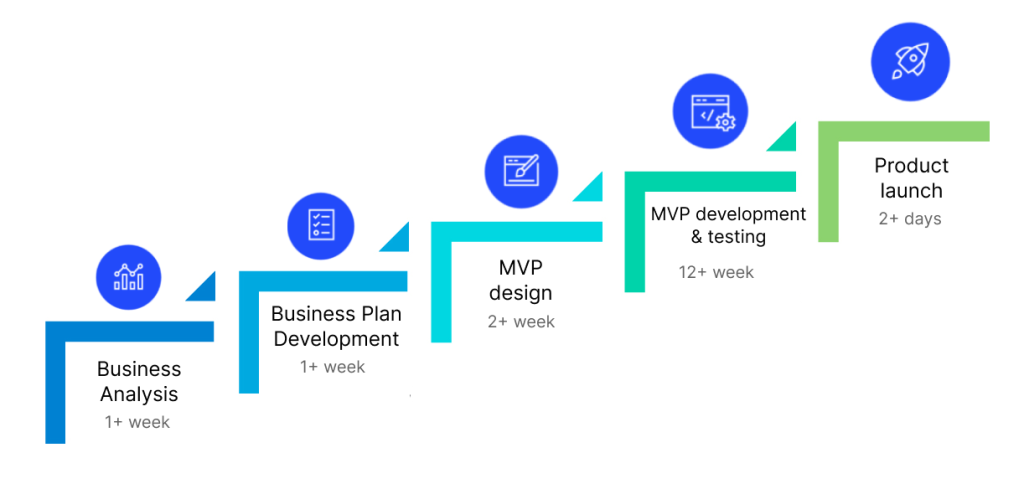
Finally, you publish an MVP in the Apple App Store and Google Play Store just like you would any other app. You should also advertise it well to get enough people to try it.
That prepares you for the final phase of developing an MVP app.
Analyzing the Feedback
The feedback you will receive, which you can use to further iterate your app, is the main advantage of an MVP.
Now, keep in mind that your app can be measured using a variety of metrics and channels. The following is a list of some of the most crucial ones:
After creating an MVP, how to measure success:
1. By word of mouth
3. Engagement
4. Sign up.
5 Improved client evaluations based on feedback
6 Percentage of users who are using Cos of client acquisition (CAC)
7 Client lifetime value (CLV)
8 Rate of churn
These metrics can give you a head start on whether your app is doing well or having issues.
You might have a problem with engagement, for instance, if you have a high churn rate and high sign-up rates.
However, to obtain anything more insightful, you will need to investigate actual user feedback further.
The simplest way to accomplish this is to read reviews on your app store page. If you have it, in-app feedback is also a good option.
The loop of feedback
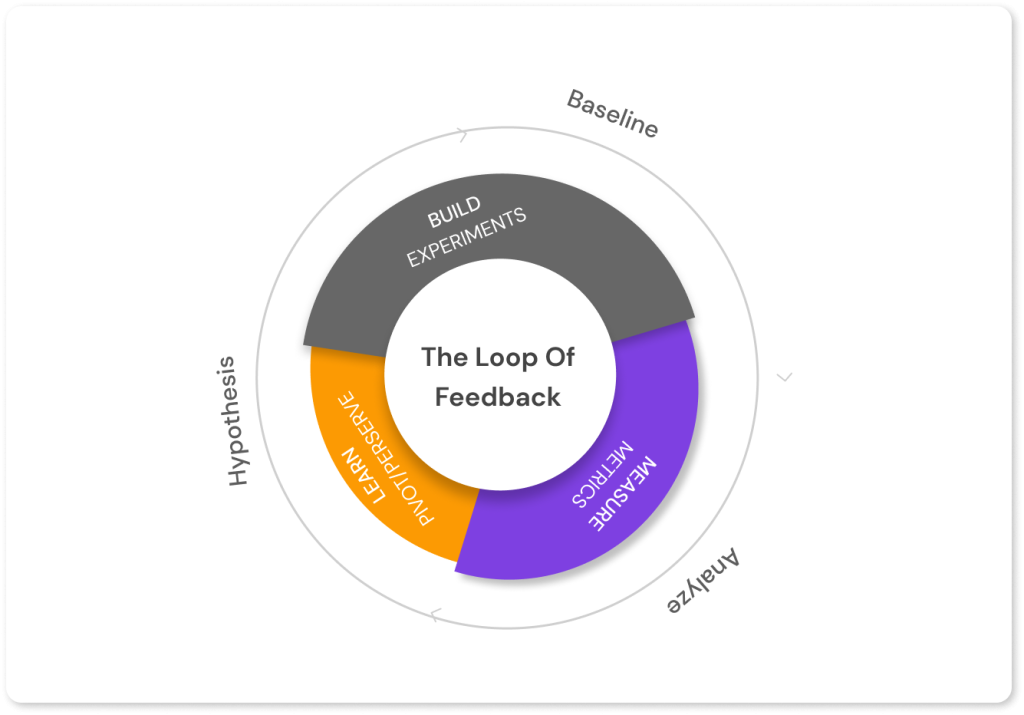
Being objective is the most important thing to keep in mind here. Naturally, reacting negatively or even offensively to user criticism is only human.
Having a mindset of “be glad to fail” is helpful in this situation. Recognize that the objective of an MVP is to highlight your app concept’s flaws.
As a result, constructive criticism is not only expected but encouraged.
Experience Matters
You will have to deal with a short timeline, limited features, and extremely demanding research.
However, if you work with an experienced mobile app development company like Mindster, you can overcome these challenges.
We have the experience necessary to direct you through MVP app development thanks to our successful projects that we have carried forward.
- Agentic AI1
- Android Development3
- Artificial Intelligence33
- Classified App3
- Custom App Development5
- Digital Transformation12
- Doctor Appointment Booking App14
- Dropshipping1
- Ecommerce Apps40
- Education Apps2
- Fintech-Apps37
- Fitness App4
- Flutter4
- Flutter Apps20
- Food Delivery App5
- Grocery App Development1
- Grocery Apps3
- Health Care10
- IoT2
- Loyalty Programs9
- Matrimony Apps1
- Microsoft1
- Mobile App Maintenance2
- Mobile Apps128
- Product Engineering6
- Progressive Web Apps1
- React Native Apps2
- Saas Application2
- Shopify9
- Software Development3
- Taxi Booking Apps7
- Truck Booking App5
- UI UX Design8
- Uncategorized6
- Web App Development1








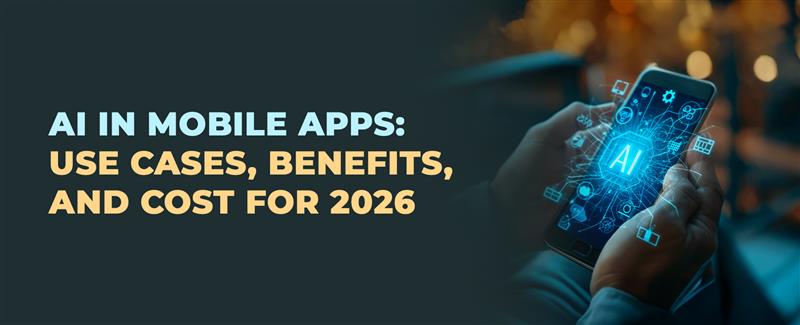


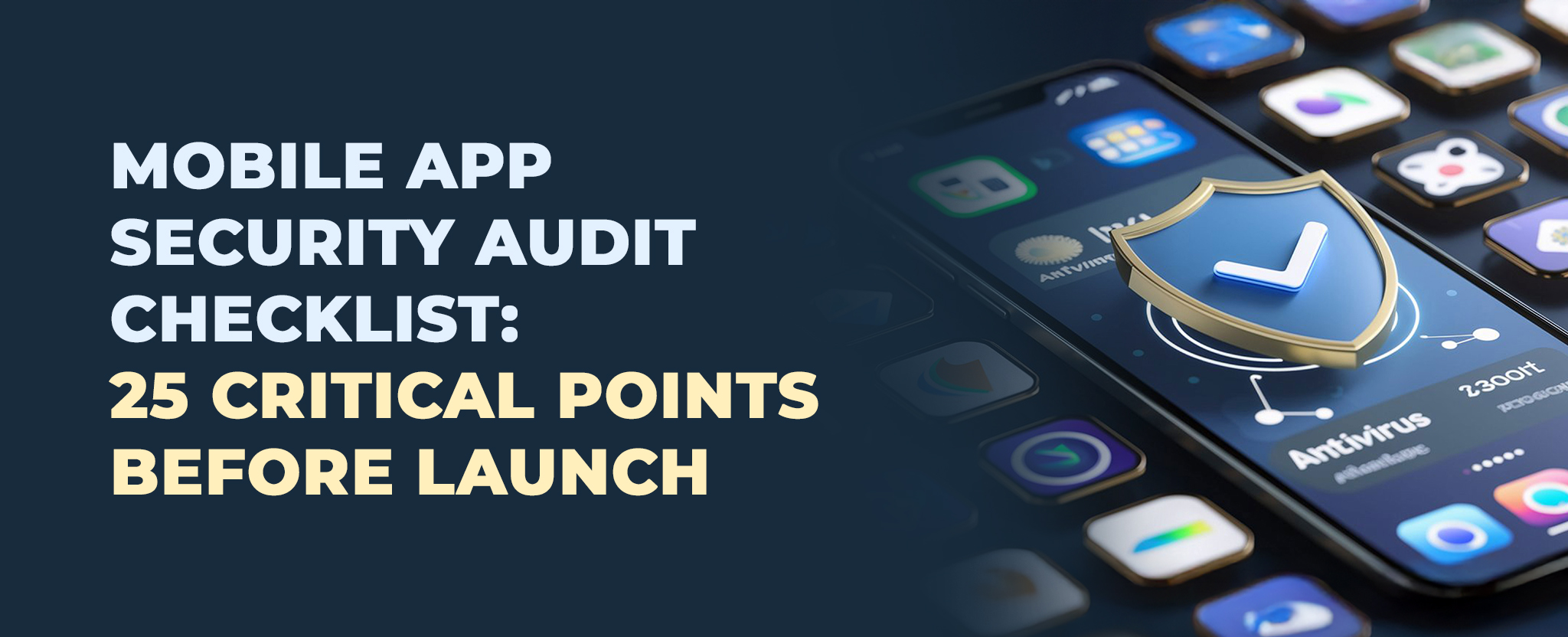






Comments